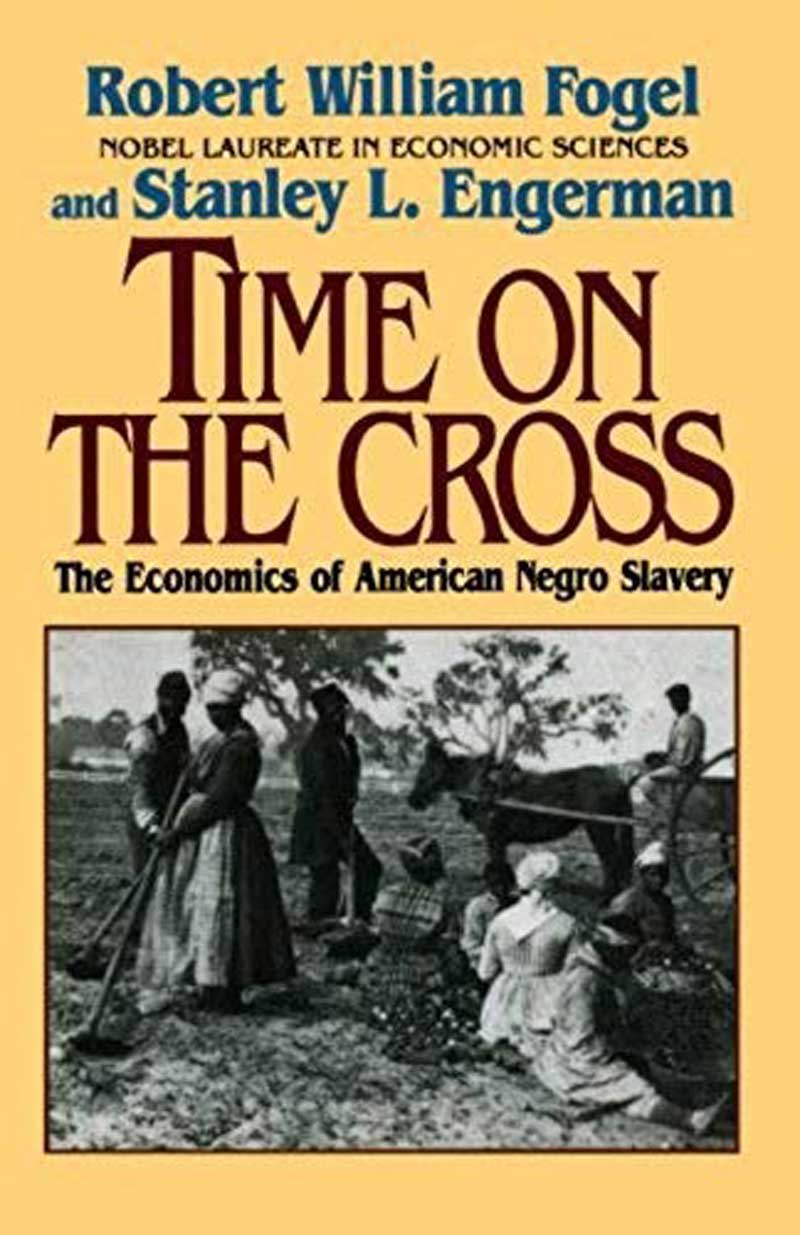Masters, Slaves, and the Conditions of Slavery - Part 6 of 10

There was a great variation in the conditions of slavery among peoples and over time in history. Sometimes conditions improved or deteriorated within a single civilization. The relationship between master and slave also varied among peoples and over time. Slavery or some similar hierarchical system was extremely prevalent in ancient times. Many slaves held special status because of their responsibilities or personal relationship to their master.
The Old Testament Book of Job was one of the earliest Hebrew writings. The events surrounding the story of Job probably took place between the times of Abraham and Moses in northwestern Arabia or southern Jordan, perhaps abound 1500 BC.
Job 1:1-3 (ESV)
“There was a man in the land of Uz whose name was Job, and that man was blameless and upright, one who feared God and turned away from evil. There were born to him seven sons and three daughters. He possessed 7,000 sheep, 3,000 camels, 500 yoke of oxen, and 500 female donkeys, and very many servants, so that this man was the greatest of all the people of the east.”
Note that Job possessed very many servants. The Bible is usually specific if servants are hired servants rather than bonded servants or slaves. Different Hebrew, Greek, and Latin words are used. Job 31:13 in two translations below certainly indicates that many if not most of Job’s servants were bondservants (slaves).
Job 31:13 (ESV)
“If I have rejected the cause of my manservant or my maidservant, when they brought a complaint…”
Job 31:13. New American Standard Bible (NASB)
"If I have despised the claim of my male or female slaves when they filed a complaint against me...”
The verse also indicates Job made an effort to treat his slaves with fairness and dignity. The point here is that God considered Job blameless and upright, although he was obviously an owner and master of slaves. The Bible does not condemn slaveholders per se. Its disfavor is for those who abuse or mistreat their slaves (or modern employees.)
Yet the “ultra-abolitionists” of the Civil War era condemned what Scripture had not condemned. The Southern churches stood on the Authority of Scripture, while many in the Northern churches began to embrace the ultra-abolitionist argument that there was a “higher truth” than Scripture.
Southern Slavery as It Really Was
Two important studies shatter the notion that abuse and mistreatment was prevalent in Southern slavery: First, the enormous research of Robert William Fogel and Stanley L. Engerman, in their 1974 book Time on the Cross: The Economics of American Negro Slavery, and second, The Slave Narratives, prepared by the Federal Writers Project during the Roosevelt Administration from 1936 to 1938, and published in 1941, covering interviews with about 2,300 former slaves.
The material conditions of Southern black slaves compared favorably to Northern industrial whites. Their caloric intake, for example, was ten percent greater than free whites. The vitamin content of the slave diet far exceeded that of whites and the recommended daily levels established in 1964. The protein content was 110 percent greater and the iron content 230 percent greater than the minimum daily requirement. According to testimonies in The Slave Narratives, it is very evident that slaves enjoyed abundant, varied, and much appreciated food. The reason the nutrient value of the slave diet exceeded that of whites so much was that the whites ate white potatoes, while the slaves enjoyed the much more nutritious sweet potatoes. Most slave families were also allowed their own small gardens, most frequently planted with sweet potatoes
While most slaves were field hands or household servants, there were significant numbers in other occupations. Seven percent of slaves, almost all of them males, were essentially part of the plantation management staff. Such positions were foremen (or drivers), overseers, and even general managers. In fact, most field foremen were black slaves. Another twelve percent were skilled craftsmen such as carpenters and blacksmiths. About seven percent were semi-skilled, which included teamsters and many household servants.
Housing standards for Southern slaves in 1860 compared favorably to free whites. There were 5.3 persons per white household and 5.2 persons per slave household. Only rarely was there more than one family per slave cabin. Most slave cabins were about 360 square feet of ground space plus sleeping lofts for children and some porch space. This exceeded the average living space of New York City households in 1892.
Medical care for the average Southern slave was considerably better than for the white Northern factory worker. Most larger plantations maintained a substantial hospital. These were usually visited by the same doctor that treated the plantation owners and white employees. The largest plantations had full-time doctors. The hospitals were usually staffed with one or more full-time slaves acting as nurses and midwives. They were typically elderly slaves who could no longer perform physical labor. Other slave-women specialized in caring for the children on the plantation.
Owners of smaller farms with fewer slaves usually provided the same healthcare for their slaves as they did for their own families. There is every indication that slave owners paid considerable attention to the health of their slaves. Owning slaves was a major economic investment. No rational slave owner neglected the health of his slaves. Also, contrary to the propaganda of Northern abolitionists and modern liberals, a compassionate Christianity pervaded Southern slave owners far more than most other segments of Southern or Northern society. Thus Southern slaves enjoyed a relatively high standard of medical care offering cradle to grave healthcare security.
The average slave lifespan was only 36 in 1850, comparable to Northern industrial workers and whites in France, Italy, and the Netherlands, but four years less than the average of all American whites. The maternal death rate of slaves in childbearing was 167 per thousand births. While this is very high by modern standards, it was slightly less for slaves than whites. The infant mortality rate for slaves was 183 per thousand, about three percent higher than white Southerners. The slave suicide rate was only one in ten thousand per year, only one third that of whites.
The standard issue of slave clothing was quite adequate. The clothing was not fashionable, but very sturdy. Slaves were generally issued two pairs of shoes per year made of high quality leather.
Contrary to popular belief, slave owners generally relied on motivational incentives rather than the whip to increase the work efficiency of slaves. Some typical incentives were cash payments, time off, team bonuses, and the opportunity to make money selling produce from their own gardens and small plots of land. Many plantations worked on a task system. A slave was assigned tasks that could be easily accomplished in a day. They usually finished these tasks ahead of schedule and used the time to rest, visit, or work on their own accounts. Some were allowed to work off the plantation to earn additional money.
The slave family was usually kept together and had strong patriarchal rather than matriarchal features. They had de facto ownership of homes and gardens and were allowed to keep incentive and other entrepreneurial earnings for themselves. The unit of plantation distribution was the family. Marriage ceremonies were often performed, although many were de facto. One significant moral defect of the slave system was that slave families could be broken up. But on the average only one slave in 22 was sold in a year. At least a third of these were estate sale disbursements. Most family separations occurred because of westward migration.
Another astonishing statistic derived from Fogel and Engerman’s data is that when the cost of food, housing, clothes, and healthcare, plus various kinds of cash incentive pay are added, the total compensation of the average slave was fifteen percent higher than the pay of comparable free agricultural workers in the South. Fogel and Engerman also estimate that the owner share of slave production after expenses was only about 14 percent. Slave maintenance costs were from cradle to grave. It took slightly more than 21 years from birth to breakeven. Slave labor could not therefore be said to be irresistibly profitable. Slavery was probably a doomed economic system that could not have lasted another generation. Slavery was not the cause of the War and would have ended without the War, just as it did in all other countries.
By comparison, the living conditions endured by most of the natives living on the coasts of West Africa were grim. According to the 1864 edition of Malte Brun’s System of Universal Geography, published in Boston, in the region of Dahomey, “Two thirds of the African population lead lives of hereditary bondage in their own country, and those who are free, are liable to be reduced to slavery at any moment, by the order of their despots.” Except for the small ruling caste, who had grown rich selling their own people as slaves to New England, European, and Arab slave-traders, most of the natives lived in rude huts and suffered unspeakable pagan brutalities and tyrannies at the hands of their local chieftains and kings. (Dahomey is now the Republic of Benin, on the eastern border of Nigeria.)
The slave trade, especially the passage from Africa to America—all on New England slave ships—was very profitable to New England, but the conditions for slaves were absolutely wretched, and about 13 percent died.









 Mike Scruggs is the author of two books: The Un-Civil War: Shattering the Historical Myths; and Lessons from the Vietnam War: Truths the Media Never Told You, and over 600 articles on military history, national security, intelligent design, genealogical genetics, immigration, current political affairs, Islam, and the Middle East.
Mike Scruggs is the author of two books: The Un-Civil War: Shattering the Historical Myths; and Lessons from the Vietnam War: Truths the Media Never Told You, and over 600 articles on military history, national security, intelligent design, genealogical genetics, immigration, current political affairs, Islam, and the Middle East. 



